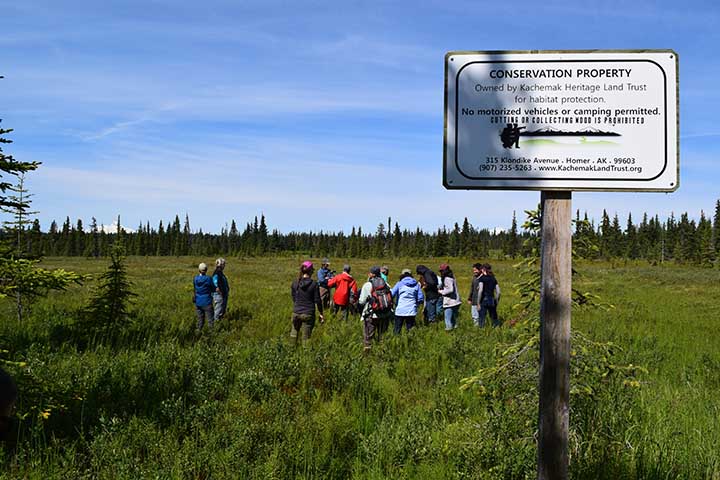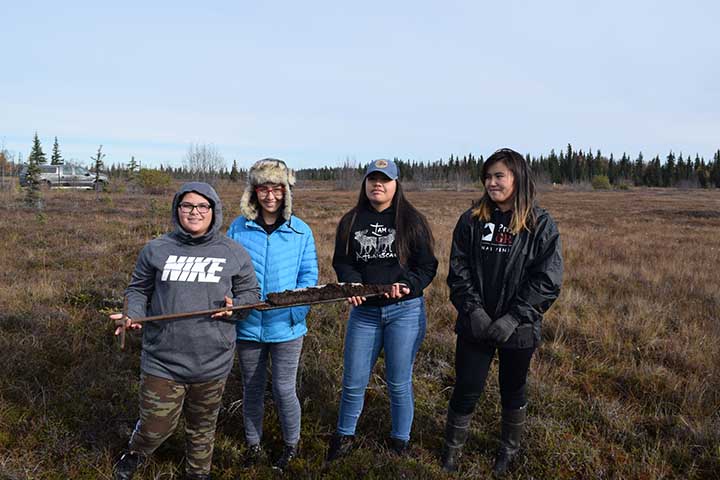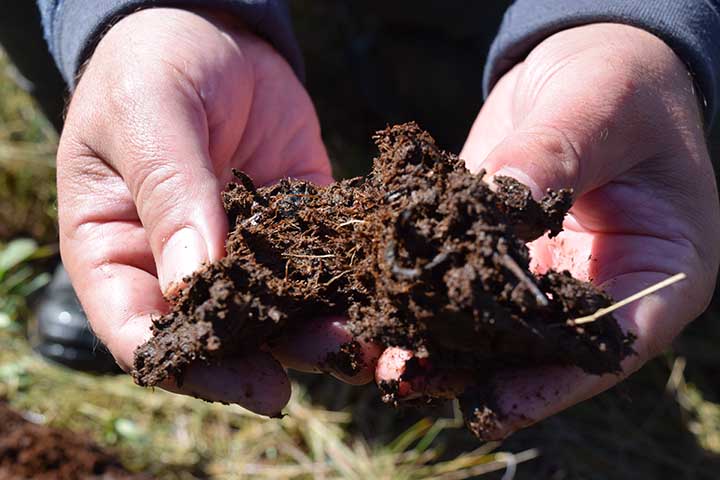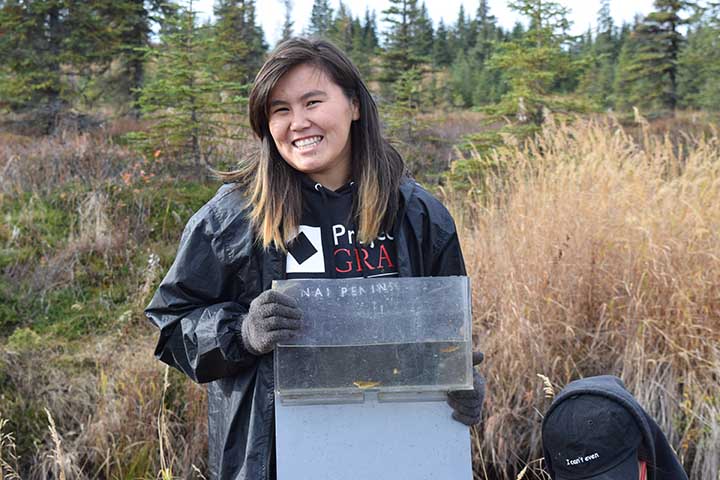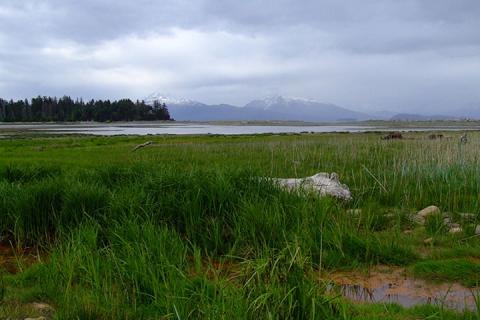
The Kenai Lowlands cover 9,400 square kilometers and include huge expanses of wetlands, predominantly peatlands and tidal saltmarshes at river mouths and coastlines. These wetlands sequester large stores of carbon and provide numerous other ecological services. However, population growth and development increasingly put the privately owned and unprotected public lands of the Kenai Lowlands at risk. In response, local communities have begun to explore proactive conservation measures to keep these wetlands intact and the carbon they store out of the atmosphere. In 2016, at the request of the Kachemak Bay Community Council, a group of municipalities, government agencies, and local nonprofits, the Kachemak Bay National Estuarine Research Reserve partnered with the Smithsonian Environmental Research Center to conduct pilot tests of saltmarsh carbon sequestration. The results spurred interest in blue carbon valuation throughout the region.
To build capacity for blue carbon in Alaska, the Kachemak Bay Reserve drew on the expertise of Waquoit Bay Reserve and their Bringing Wetlands to Market initiative to develop approaches for long-term blue carbon research and stakeholder engagement in the Lower Kenai region. Researchers from the Smithsonian Environmental Research Center and professionals from Silvestrum Climate Associates provided technical expertise on peatland assessments and protocols, and context for carbon markets, respectively. The project offers a novel way of thinking about building conservation programs that preserve multiple benefits of wetlands and make economic sense.
